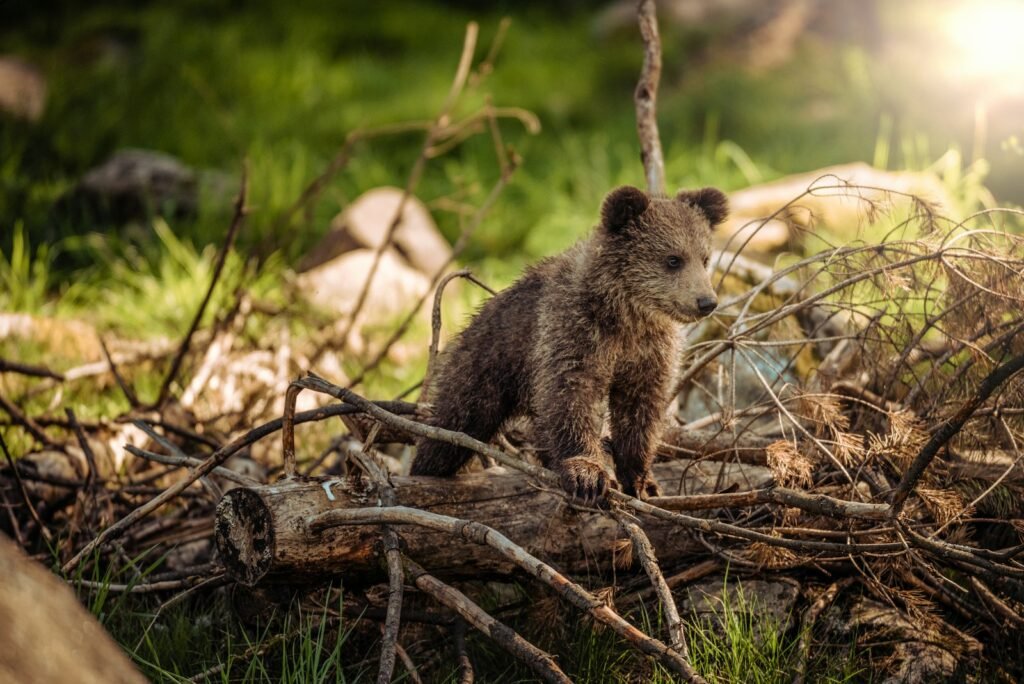Imagine a kitchen where every peel, stem, and leftover finds a purpose—a space humming with the wisdom of generations, where nothing is wasted, and everything is cherished. This isn’t just a dream for environmentalists or culinary artists; it’s a living reality for countless Indigenous communities around the world. Long before “zero-waste” became a trending hashtag, Indigenous peoples mastered the art of sustainable living, crafting ingenious food systems that harmonize with nature. Their kitchens offer a blueprint for a future where food nourishes both people and the planet, challenging us to rethink the way we cook, eat, and respect our resources.
The Heart of Indigenous Food Wisdom
Indigenous food systems are rooted in the belief that every part of a plant or animal holds value. This philosophy is not just practical—it’s deeply spiritual, honoring the earth as a living, breathing entity. For example, many First Nations in North America use the “three sisters” planting method—corn, beans, and squash grown together—to nourish the soil, reduce waste, and provide balanced nutrition. In these cultures, nothing is ever simply discarded. Corn husks become tamale wrappers, bean pods feed livestock, and squash seeds are roasted for snacks. This holistic approach transforms what many modern kitchens consider “scraps” into treasures, creating a cycle of gratitude and resourcefulness.
Traditional Food Gathering: A Lesson in Respect
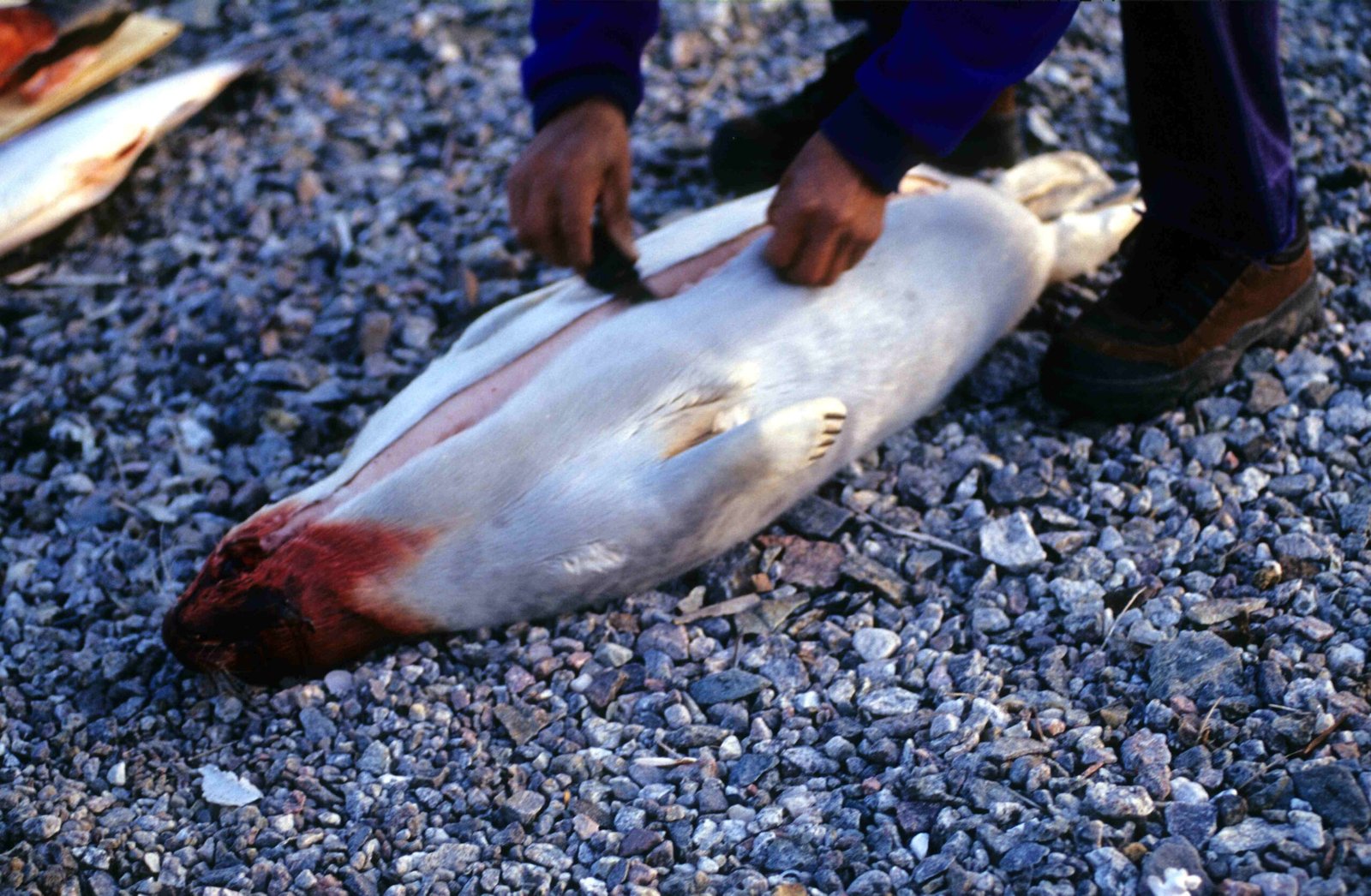
For Indigenous communities, gathering food is much more than a chore—it’s an act of respect and reciprocity with nature. In the Arctic, Inuit hunters use every part of the seal, from the meat to the bones and fur, ensuring nothing is wasted. This practice goes beyond efficiency; it reflects a deep understanding that waste dishonors the animal and the land. By using every part, Indigenous peoples minimize their ecological footprint and foster biodiversity. This mindset can inspire anyone looking to reduce waste in their own kitchen, reminding us that even small actions can make a big difference when done with intention.
Cooking Methods That Celebrate Whole Foods

Indigenous cuisines are rich in recipes that utilize entire ingredients, leaving little behind. In the Andes, Quechua communities steam potatoes with their skins on in earthen pits, retaining nutrients and flavor while eliminating waste. In the Pacific Northwest, salmon is roasted on cedar planks, with leftover bones and heads boiled into nourishing broths. These methods not only maximize nutrition but also infuse meals with unique flavors and textures. By embracing techniques that use whole foods, modern cooks can dramatically cut down on kitchen waste while discovering new tastes and culinary traditions.
Fermentation and Preservation: Ancient Solutions

Long before refrigeration, Indigenous peoples mastered the art of fermentation and preservation. In East Africa, communities ferment grains into injera, a tangy, nutritious bread, while in the Arctic, fish is aged underground for months. These methods extend the life of food, reduce spoilage, and create complex flavors. Fermentation also boosts the health benefits of food, adding probiotics that support digestion. By reviving these age-old practices, zero-waste kitchens can turn excess produce or leftovers into delicious pickles, breads, and condiments, ensuring nothing goes to waste.
Creative Use of “Scraps” and Byproducts
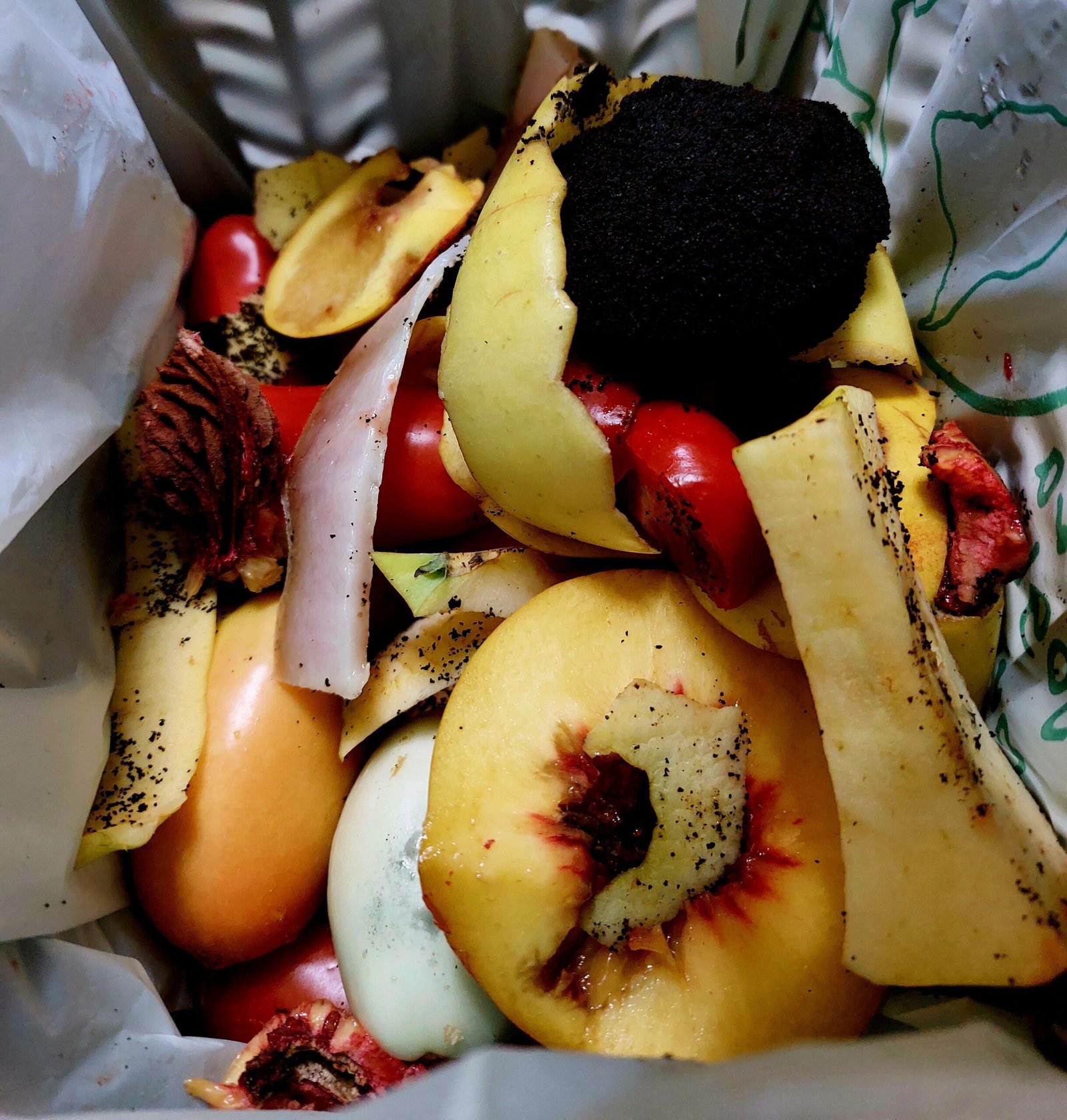
What many see as kitchen waste, Indigenous cooks often view as potential. Banana leaves become plates in Southeast Asia, while corn cobs are simmered for sweet broths in Latin America. In Ojibwe communities, wild rice hulls are used as mulch or woven into crafts. These creative uses of byproducts not only prevent waste but also foster innovation and connection to tradition. By reimagining scraps as resources, anyone can transform their kitchen into a hub of creativity and sustainability.
Composting: Returning Nutrients to the Earth

Composting is a practice deeply embedded in Indigenous traditions, where food scraps are returned to the soil to nourish the next harvest. In Māori gardens, food waste is composted alongside seaweed and fish scraps, creating rich, fertile earth. This closed-loop system mirrors the natural cycles of the land, ensuring resources are continually renewed. Modern zero-waste kitchens can adopt these principles by composting vegetable peels, coffee grounds, and eggshells, reducing landfill waste and supporting healthy gardens.
Community Meals and Shared Resources
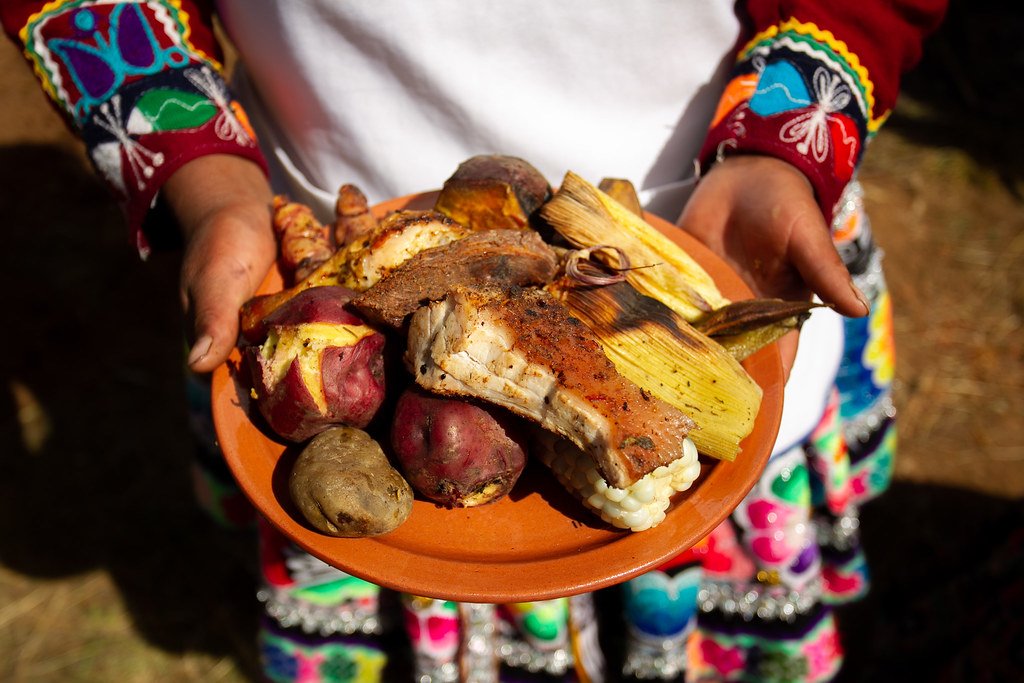
Sharing is at the heart of many Indigenous food traditions. Potlatch ceremonies in the Pacific Northwest, for example, involve communal feasting where dishes are prepared collectively and leftovers are distributed among attendees. This approach minimizes waste and ensures everyone benefits from the bounty. By organizing community meals or food swaps, modern kitchens can emulate this spirit of generosity, keeping food in circulation and out of the trash.
Seasonal Eating and Local Harvests
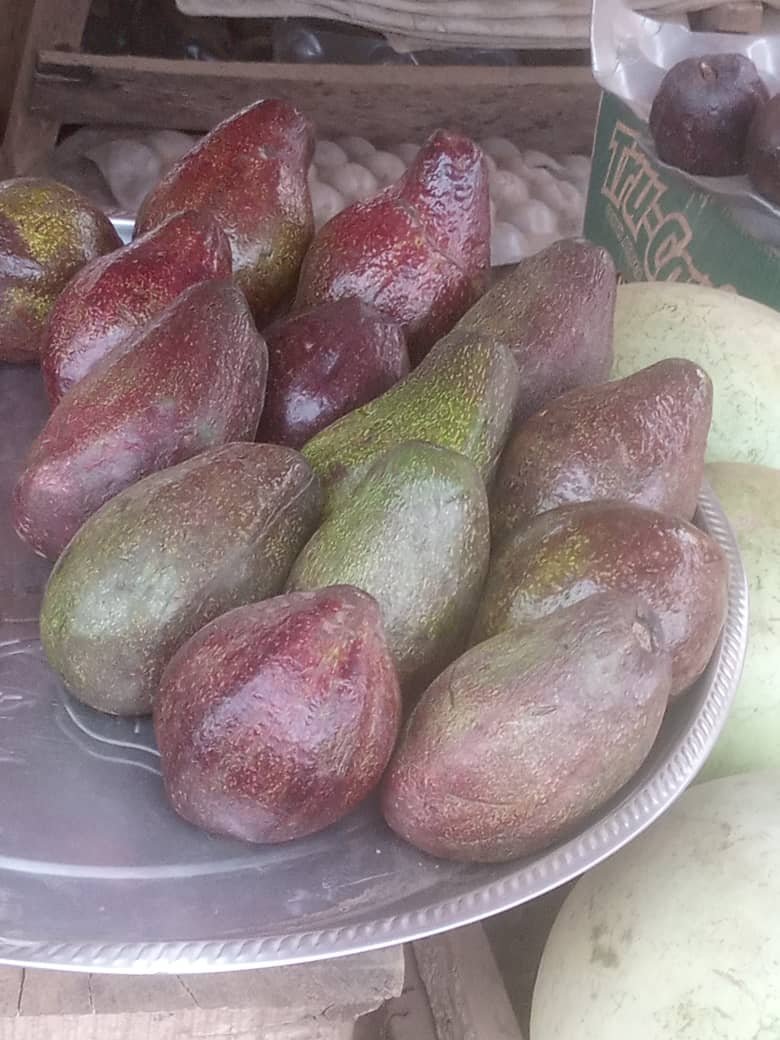
Indigenous diets are intimately tied to the rhythms of the seasons. Eating what is locally available at each time of year reduces the need for long-distance transport and packaging, cutting down on waste and carbon emissions. For instance, the Sami people of Scandinavia rely on wild berries, fish, and reindeer meat, adapting their meals to what nature provides. By sourcing food from local farmers or growing your own, you can reduce packaging waste and enjoy fresher, more flavorful ingredients.
Teaching the Next Generation

Passing down zero-waste knowledge is a central part of Indigenous culture. Elders teach children how to forage, hunt, and cook with respect for the environment, ensuring these traditions endure. Storytelling is often used to convey the importance of stewardship and gratitude. By involving kids in meal planning, gardening, or composting, families today can instill lasting habits that honor the earth and reduce waste.
Modern Kitchens: Bridging Tradition and Innovation
While modern technology offers convenience, blending it with Indigenous wisdom can lead to powerful solutions. Solar dehydrators, for example, can preserve excess produce just as Indigenous peoples sun-dried fruits and fish. Smart kitchen gadgets can help track inventory and reduce spoilage, echoing the careful management of resources practiced by traditional communities. By integrating old and new, zero-waste kitchens can be both efficient and deeply meaningful.
Reconnecting with Food as a Sacred Act
At its core, the zero-waste kitchen inspired by Indigenous traditions is about more than reducing trash—it’s about rekindling a relationship with food and the earth. Cooking becomes a sacred act, filled with gratitude and mindfulness. Every peel saved, every meal shared, and every scrap composted is a quiet act of respect. By adopting these practices, we don’t just create less waste—we cultivate a deeper sense of connection, purpose, and wonder.


